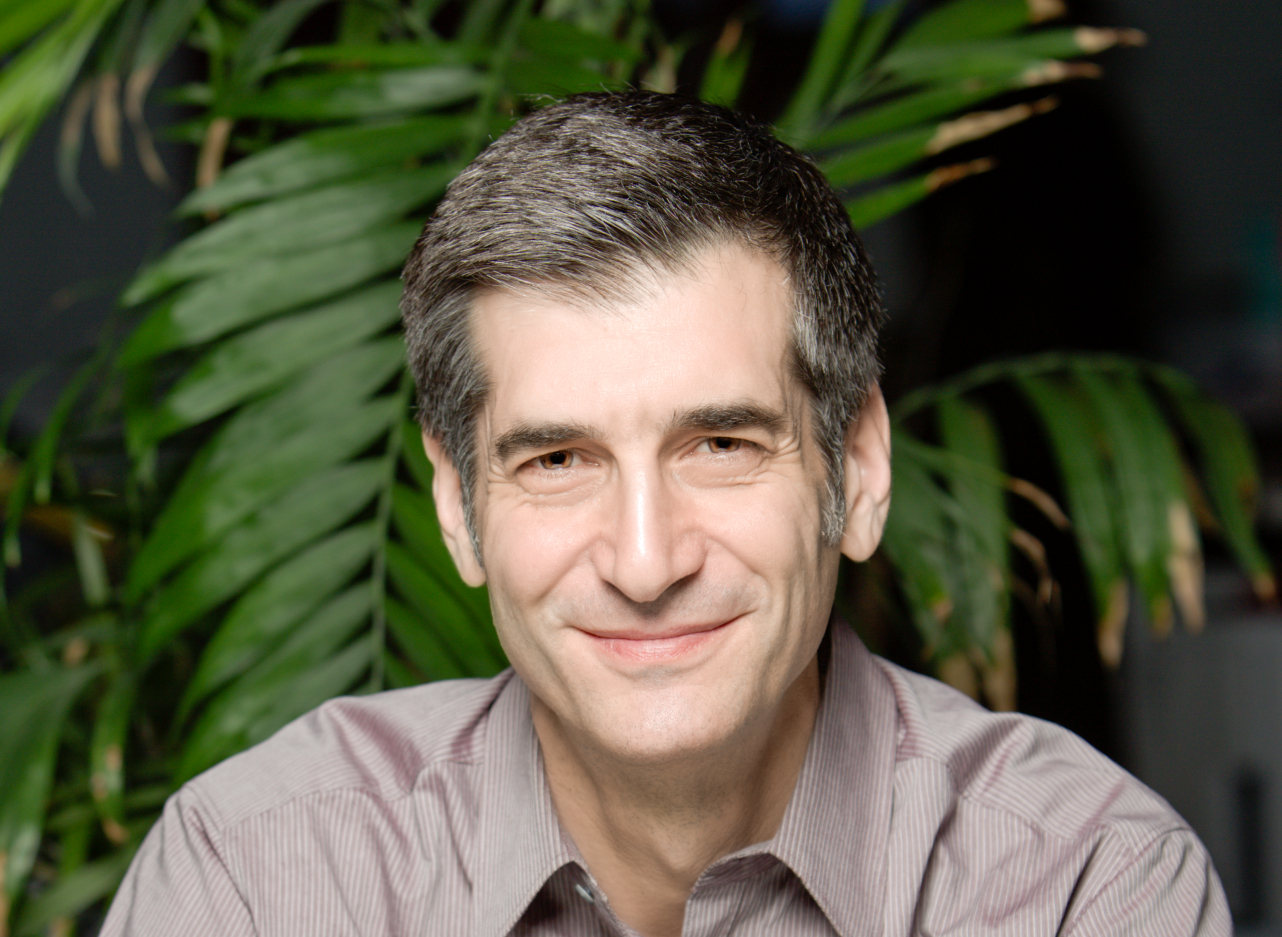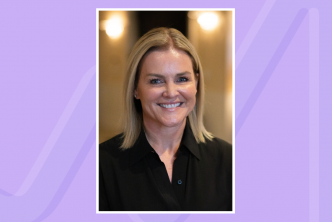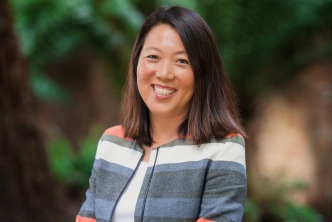
In conversation with David Onek, SV2
We sat down with David Onek, Silicon Valley Social Venture Fund’s new CEO, to talk about his vision for Silicon Valley, and the importance of centering equity and bringing more diverse voices to the table.
Tell us about the Silicon Valley Social Venture Fund (SV2).
Silicon Valley Social Venture Fund (SV2) is an engaged community of people who come together to learn about effective giving, and pool resources to support innovative nonprofits and for-profit social ventures to create a more equitable and sustainable Bay Area. I came on board nine months ago as the new CEO and soon after we embarked on an intensive strategic planning process. The key tenets of the plan are a focus on creating more impact in the community, broadening the voices involved in our work to break down the traditional power dynamics in philanthropy, creating a broad community of continuous learners, and bringing an intentional equity lens to all that we do.
How has this strategic planning process informed your work in the past year?
We’ve made a lot of changes, based on feedback from the strategic planning process and elsewhere, before we have completed the plan. There was already a lot of momentum for change happening when I joined the team. Our DEI (Diversity, Equity and Inclusion) Working Group has worked hard to recommend concrete changes to our grantmaking process, among other things. For example, we expanded our sourcing of prospective grantees to include much more input from community members and experts, and decreased the burden on prospective grantees by having our Partners and staff do much more of the legwork.
How do you navigate the tension between being a donor education platform, and centering community impact in your work?
We’ve discussed this a lot in our strategic planning process, and concluded that donor education and engagement and community impact are strongly aligned at SV2. A key reason Partners join SV2 and participate in our education and engagement programming is because they want to learn how to increase their impact. We help educate Partners about, for example, the importance of unrestricted and multi-year funding, and they take that learning into account in their personal philanthropy outside of SV2, which increases the community impact.
What are other ways you are thinking about continuing to activate your donor community?
SV2 has a broad array of educational offerings for our Partners, and central to the SV2 model is “learning by doing.” SV2 Partners learn from each other, and from our grantees and community partners. In our strategic planning process, we are developing new ways to empower our Partners to work together on issues they are passionate about. Recent Partner-led series on Investing in Racial Equity and Investing in Climate Solutions have generated tremendous interest. We also recently created a New Partner Cohort to shepherd those new to SV2 through their early months with us while developing deeper relationships with their fellow Partners.
How are you integrating other voices in your organization?
We are committed to bringing new and diverse voices to the table. We recognize we don’t have all the answers and the most effective way to increase our impact is to make sure we are talking and engaging with experts in the community with lived experience, who know best what is needed. We intend to share power and decision-making in a genuine way. This is a core focus in our strategic planning process. We are bringing together a group of our current and former grantees to meet with Board and staff members, side by side, to help us map out how to make this happen. Speaking of the Board, with our recent slate of Board appointments, our Board is now 50% people of color, and we intend to increase that percentage with the next round of appointments.
SV2 is doubling down on equity. Tell us more about how you are going about this.
SV2 is on an equity journey and we have much work to do -- it is a continual process. We are taking an intentional equity lens to all aspects of our organization and making changes based on what we learn. For example—and this started before I joined—we collected data on the race and ethnicity of the nonprofit leaders we supported financially and found leaders of color were underrepresented in who was getting funded. Based on this data and feedback from grantees and applicants, we retooled our grantmaking processes -- and now significantly more leaders of color are consistently being funded by SV2.
Internally, our DEI Working Group created a JEDI (Justice, Equity, Diversity, and Inclusion) training for Partners and staff. It is an introduction to JEDI concepts over four 90-120 minute sessions, with reading and videos to review before each session, and one-on-one buddy meetings between each session to dig deeper. We have completed four cohorts of the training, including all staff members and most of the Board, and are about to begin our fifth cohort with a new set of Partners. People at different stages of their own equity journeys have found real value in participating in the training.
What is your vision for building a more equitable Silicon Valley?
Sharing power in decision-making processes. We need more diverse voices deeply rooted in the community to be at the decision-making table as equals. We need to break down the traditional power dynamics in philanthropy. We know there is an inherent power imbalance between grant-making and investment-making organizations like SV2 on the one hand and grant-seeking non-profits and investment-seeking social enterprises on the other. At SV2, we are intentionally working to shift these power dynamics by listening to community feedback about our practices, taking a hard internal look at those practices. and making changes in real-time.


